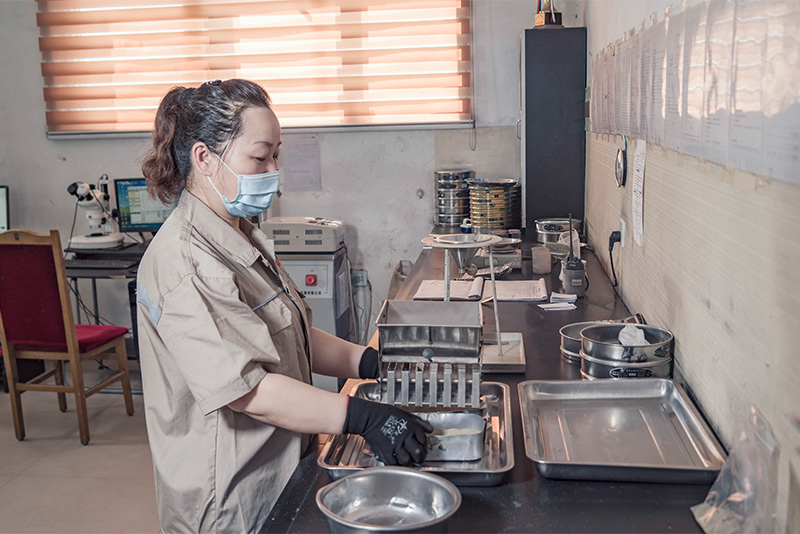How to Sand a 3D Print A Step-by-Step Guide
3D printing has revolutionized the way we create objects, allowing for intricate designs and rapid prototyping. However, one common challenge that many encounter is achieving a smooth finish on their 3D prints. Regardless of the material used, sanding is an essential process to enhance the aesthetics and functionality of the final product. Here’s a step-by-step guide on how to effectively sand a 3D print.
Step 1 Gather Your Tools and Materials
Before you begin sanding, it's crucial to gather the necessary tools and materials. You’ll need
- Different grits of sandpaper (typically 80, 120, 220, and 400 grit) - A sanding block or hand sander - Water (for wet sanding) - A utility knife or hobby knife (for trimming) - A dust mask and safety glasses (for protection) - A soft cloth for cleaning
Step 2 Prepare the Model
Before sanding, examine your 3D print for any excess filaments or support structures that need to be removed. Carefully use a utility knife to trim away any unwanted material. This step will ensure that you have a smooth surface to work with and prevent any irregularities from affecting the sanding process.
Step 3 Start with Coarse Grit Sandpaper
Begin sanding with the coarsest grit sandpaper, typically 80 or 120 grit. This will help remove the larger imperfections and layer lines present on the surface of the print. Use a sanding block for flat surfaces to maintain an even pressure and prevent the formation of dips. For curved surfaces, sand by hand, moving in a circular motion to conform to the shape of the print.
Step 4 Progress to Finer Grits
how to sand a 3d print

Once you’ve achieved a more uniform surface with the coarse grit, gradually progress to finer grits. Use 220 grit sandpaper next to further smooth the surface. The goal here is to eliminate scratches made by the previous grit. Finally, use 400 grit sandpaper for a polished finish, ensuring that all rough areas are addressed.
Step 5 Wet Sanding (Optional)
For an ultra-smooth finish, consider wet sanding. Dampen your sandpaper with water and sand the surface gently. This technique helps reduce dust, minimizes clogging of the sandpaper, and results in a more even finish. Wet sanding is particularly effective for materials like PLA and PETG.
Step 6 Clean the Model
After sanding, clean the model with a soft cloth to remove any dust or debris. Inspect the object for any areas that may require additional sanding and address them as necessary.
Step 7 Finishing Touches
Once you’re satisfied with the smoothness of your 3D print, you can apply additional finishes such as paint, primer, or resin for a professional look. Finishing touches can elevate the appearance of your print significantly.
Conclusion
Sanding may seem tedious, but it is an important step in the 3D printing process that can greatly enhance your final product. By following these steps, you can achieve a smooth, professional finish on your 3D prints, making them visually appealing and ready for display or use. Happy printing!
Post time:ನವೆಂ . 02, 2024 03:06
Next:sand castings
